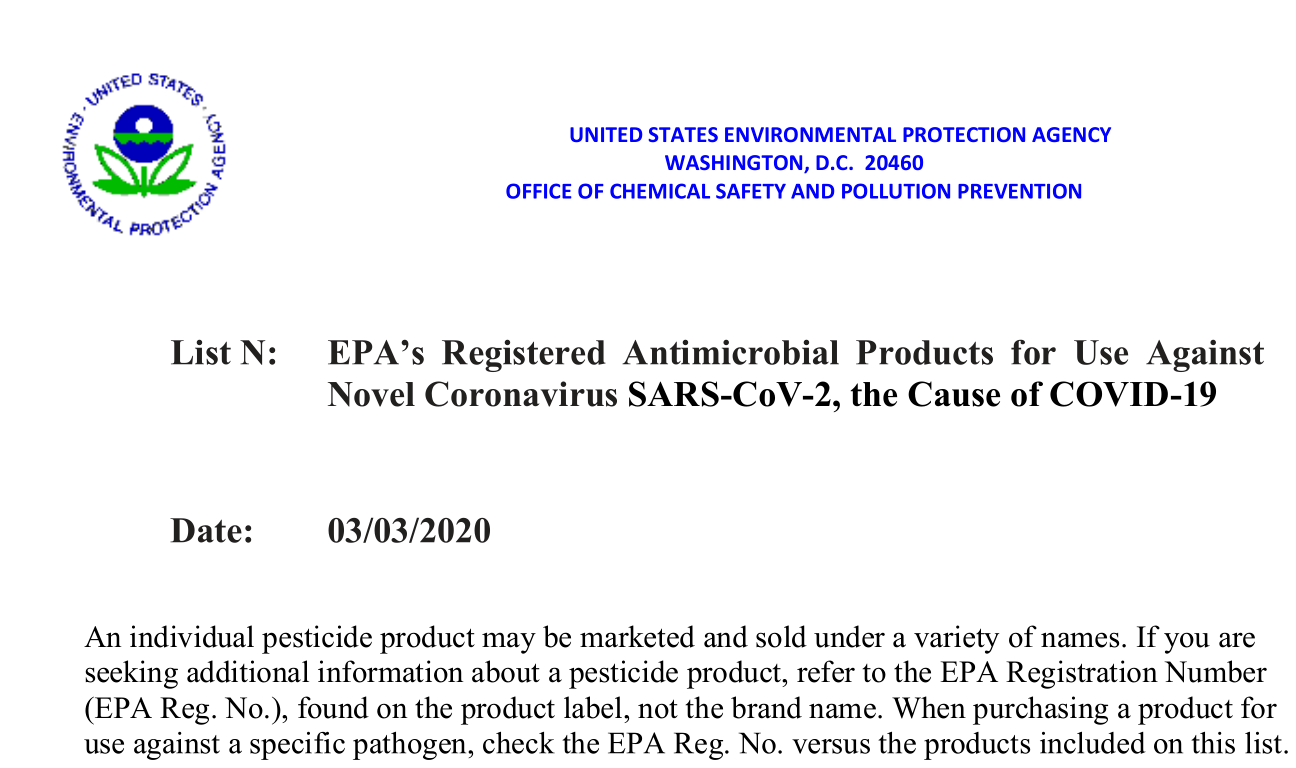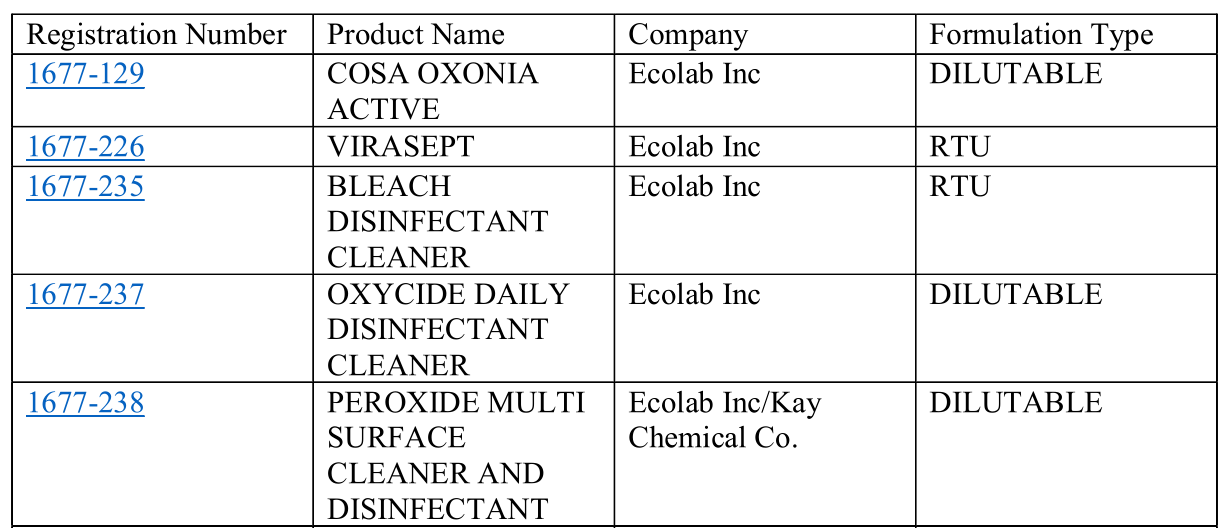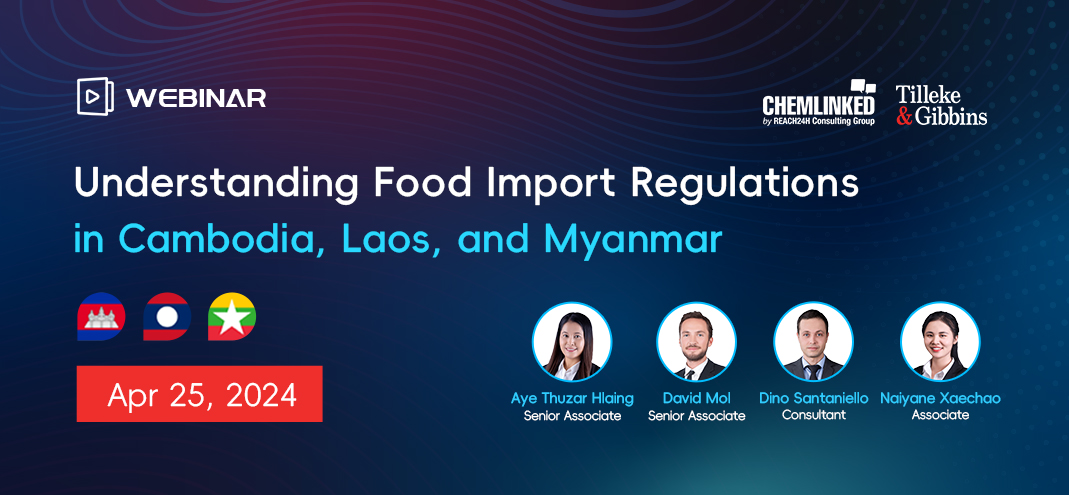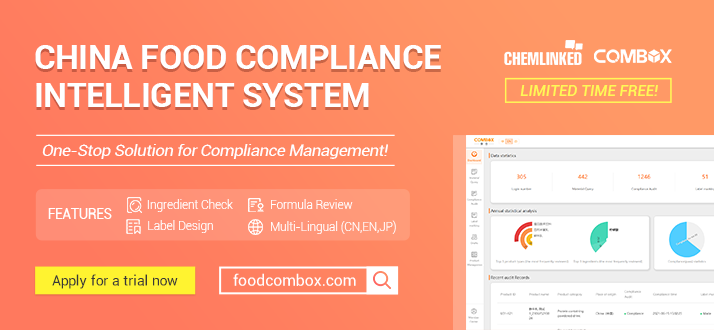How Can Disinfectants Contribute to the Ongoing Fight Against COVID-19?
The 2019–2020 coronavirus outbreak is an ongoing public health emergency that has reached international levels, involving the spread of the novel Coronavirus 2019, now referred to COVID-19. As of 5 March 2020, more than 95,000 cases had been confirmed, of which 7,100 were regarded as serious. More than 3,200 people have died. Eighty-five countries and attached territories have been affected, with major outbreaks in Central China, South Korea, Italy, and Iran. [From Wikipedia]
What do we know about this COVID-19 so far?
COVID-19 is an infectious disease caused by severe acute respiratory syndrome coronavirus 2 (SARS coronavirus 2 or SARS-CoV-2). SARS-CoV-2 is an enveloped virus with a positive-sense single-stranded RNA genome and a nucleocapsid of helical symmetry. The infection is spreading from one person to another via respiratory droplets produced when an infected person coughs or sneezes. The time between exposure and symptom onset may be ranging from one to fourteen days. Those affected may develop a fever, dry cough, fatigue, and shortness of breath. Cases can progress to pneumonia and multi-organ failure. [From Wikipedia]
There is currently no vaccine or specific antiviral treatment, though research is ongoing. Efforts are aimed at managing symptoms and providing supportive therapy. At the same time, disinfection, as a measure to cut off the transmission route, has played an important role in preventing and controlling the epidemic of COVID-19.
What kind of disinfectant can kill SARS-CoV-2?
According to the US “EPA Guidelines for Emerging Viral Pathogens” and Chinese “Technical Standards for Disinfection“, SARS-CoV-2 is a lipid-enveloped virus that can be easily destroyed by disinfectants.
In addition, since this epidemic began on Chinese soil, China has accumulated a lot of experience in terms of diagnosis, treatment and prevention to fight the epidemic. According to the “Diagnosis and Treatment of COVID-19 (Trial Version 6)” issued by the China National Health Commission on February 18, 2020, SARS-CoV-2 is sensitive to heating and UV irradiation, 56 ° C for 30 minutes. Fatty solvents such as Ether, 75% Ethanol, Chlorine-containing disinfectants, Peroxyacetic acid, and Chloroform can effectively kill this virus, yet Chlorhexidine has not shown to have a good effect.
Studies have also shown that disinfectant products containing double-chain quaternary ammonium salts also have a strong killing effect on coronavirus.
How can we choose the right disinfectant?
In the United States, according to the regulatory requirements of the Federal Insecticide, Fungicide, and Rodenticide Act, FIFRA, etc., if a product claims it has a killing effect on a specific virus, the corresponding special pharmacodynamic tests are required. While a business may prudently declare that a disinfectant kills a particular virus, once passing the usually required special pharmacodynamic tests, it is clear this test may be difficult to complete for outbreaks involving newly emerged viruses. According to the relevant policies in the “EPA Guidelines for Emerging Viral Pathogens” issued in 2016, applicants of disinfectant products can apply to the EPA and add a statement that it can kill SARS-CoV-2 into their registered labels. Still, they need to meet the following two requirements:
- The disinfection products themselves must be EPA-registered products, hard surface disinfectants for hospitals or broad-spectrum use.
- Disinfection products need to claim to kill a large or small non-enveloped virus (such as Adenoviridae, Papillomaviridae, and MicroRNA Viridae).


On March 5, 2020, the U.S. EPA issued a list of disinfection products for COVID-19. List N: EPA issued the Registered Antimicrobial Products for Use Against Novel Coronavirus SARS-CoV-2, the Cause of COVID-19, to provide advice on how to choose disinfection products for consumers.
In China, according to the Chinese government’s disinfection product management regulations, the Poliovirus-Ⅰwhich is more difficult to kill, can be used as a parameter of the virus. If the disinfection products can kill 99.99% of Poliovirus-I, it can be marked on the label to have a virus-killing effect. Since Poliovirus-I is more difficult to kill than SARS-CoV-2, generally, products labeled as having the killing effect on the virus are considered to kill SARS-CoV-2. Consumers can choose such disinfected products that claim to kill the virus for personal protection in the current epidemic.
In Europe, documents such as the European Biocidal Products Regulation (REGULATION (EU) No 528/2012, EU BPR) regulate the representation of viruses for different uses. If the corresponding virus representative can be killed under specific use, the label can claim that this product has a killing effect on the virus under the corresponding use. For example, disinfection products for human hygiene need to be tested on Poliovirus type 1, Adenovirus, type 5 and Murine norovirus according to EN 14476. If the rate of kill reaches 99.99%, the product can claim the corresponding killing effect on the virus on the label. Compared to China, the number of virus representatives is much more in the EU. Consumers can choose disinfection products by checking whether it kills the virus marked on the label when purchasing these them.
Alternatively, consumers can also choose products that contain active ingredients that have a killing effect on the virus. For example, the 75% ethanol mentioned in the above “What kind of disinfectant can kill SARS-CoV-2” has a killing effect on SARS-CoV-2, so you can choose the corresponding product for personal prevention.
Second, check whether the product is qualified. On the one hand, consumers can see if there is a qualified product registration number on the label. For example, the EPA Registration Number will be marked on the qualified disinfection product label in the United States, and the authorizations number will be marked on the qualified disinfection product label in Europe. It is worth noting that there is no similar compliance record number for disinfection products in China, but if it is a disinfection product produced in China, the corresponding manufacturing enterprise should mark the health license number beginning with “卫消证字” on the label. In addition, you can learn the specific registration information of the product through the corresponding official platforms in Europe, America, and China (see Table 1).
Table 1 Search platform disinfection products in EU, US and China
| Region | Compliance basis | Website link |
| EU | REGULATION (EU) No 528/2012, EU BPR | https://echa.europa.eu/information-on-chemicals/biocidal-products |
| US | Federal Insecticide, Fungicide, and Rodenticide Act, FIFRA | http://npirspublic.ceris.purdue.edu/ppis/ |
| China | WS 628-2018 | https://credit.jdzx.net.cn/xdcp/loginPage.do |
At present, the outbreak has had economic social ramifications. Stay up to date with REACH24H, the Agrochemical’s Department regularly provides a series of free lectures on the compliance of disinfection products in Europe, the United States and China to help companies understand compliance methods and develop optimal solutions for these areas. Our latest webinar will be “China Disinfectant Registration Requirement and Strategy”, on March 10th, welcome to watch!
For more information, please click here:
| Date: | March 10, 2020 (Tuesday) | |
|
Time:
|
Beijing Time | 22:30-23:00 |
| New York Time (EST) | 09:30-10:00 am | |
| GMT Time | 14:30-15:00 | |
| Language: | English | |
If you have any questions about disinfection products and compliance in Europe, the Americas and China, please feel free to contact us!
Tel: +86-571-87006630
Email: customer@reach24h.com




